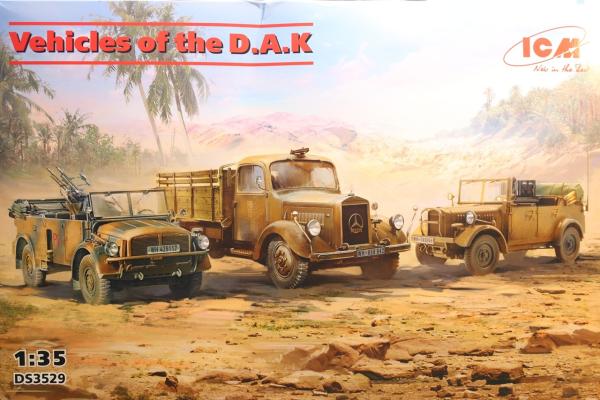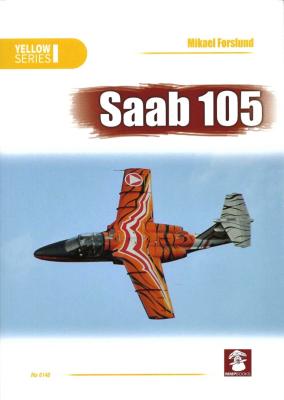These FOD covers are a straightforward and simple addition to Eduard’s nice Mirage III. They come without instructions, but none are really needed beyond the one picture provided. Nicely cast in pinhole-free gray resin, they just need to be removed from the mold base, washed and painted. Detail is nice and pops out with a dark wash. Based on my references and internet photos I’ve found, these covers were usually painted yellow, although I did find a few in red. I painted one in each color to see how they would look. I used Tamiya white spray-can primer, followed by Vallejo medium yellow and red RLM 23 Model Air paints. After the paint dried, MiG Dark Wash was applied. (The wash is a bit heavy to make the detail more visible in the photos.) I dry-fitted the two FOD covers in place on my Mirage III CJ in Israeli markings to show how they look in place.
Welcome to the IPMS/USA Reviews site!
Introduction: The primary organization of the IPMS/USA Review website is by IPMS/USA National Contest Class. Within each Class there are sub-menus by kits, decals, books, etc. The Miscellaneous Class is for items that are not class specific or that cross two or more classes.
IPMS/USA Members: We encourage you to submit reviews, both here and to the Journal. To volunteer for membership in the IPMS/USA "Reviewers Corps" and submit your own reviews, please read the Guidelines For Submitting Product Reviews.
Manufacturers, publishers, and other industry members: IPMS/USA is pleased to offer your company the opportunity for product reviews. All product reviews are performed by IPMS/USA members, and are posted in the publicly-accessible section of our website. With very few exceptions, we perform full build reviews of new kit releases, aftermarket products, and supplies. If you would care to provide product samples for review, please contact John Noack, IPMS/USA 1st VP.
To learn more about IPMS/USA, please see our About Us page.
ICM’s “Vehicles of the D.A.K.” kit includes three 1/35th scale German truck kits:
- S.E.Pkw. Kfz.70 with Zwillingssockel 36 (anti-aircraft truck)
- Le.gl.Einheits-Pkw (Kfz.2) (radio car)
- Typ L3000S (cargo truck)
All three kits have been issued previously in various boxings. The Kfz.70 was first released in 2015 and a version including the AA guns was released in 2023. The Kfz.2 was first issued in 2018, a version with the radio parts was released in 2019. The cargo truck was first issued in 2017.
I have to admit that I don’t have a copy of two earlier monographs on the Saab 105: Saab 105 by Sven Stridsberg and Emil Lindberg (2013), and Team 60 by the Swedish Aviation Historical Society. Both of these are fantastic books, but both are in Swedish. This is the first English language monograph on the Saab 105 that I am aware of. This full-size square back soft cover book [A4: 11.5” by 8.3] comes in at 296 pages. The front cover features a color photograph of an Austrian Saab 105OE in Tiger Meet livery. This is s/n 105426 [c/n 2025] coded RF-26 and was the third Austrian 105OE painted to celebrate 40-years of service with the Austrian Air Force from 1970 to 2010. She was delivered to the Austrian Air Force on January 21, 1972, and last flew on August 16, 2018. She is preserved by the Heeresgeschichtliche Museum in Zeltweg, Styria, Austria, but has reportedly been loaned out to Gloggnitz, Niederösterreich, Austria.
This is not an easy to digest book and doesn’t offer a modeler a lot of references, resources, or inspiration for modeling. Having said that, author Michael Fredholm von Essen, did an admirable job of defining a nebulous threat that is hard to recognize, much less counter. From his introduction,
This book describes hybrid threats to national security, and how to deploy them as weapons against an adversary. Designed to be difficult to detect or attribute, hybrid threats constitute a twenty-first-century concept which enables, often with the help of advanced technology, the use of military and non-military means under conditions of plausible deniability.
The book is a fascinating and remarkable insight into the brief, intense, and crucial Netherlands East Indies (NEI) campaign from the Japanese invasion in December 1941 through capitulation of the NEI. This often overlooked campaign, particularly among Americans who were primarily concerned with the Philippines campaign. Pacific Profiles Volume 17 focuses on the allied air forces in the Netherlands East Indies campaign, including Netherlands East Indies (composing of the ML-KNIL - Militaire Luchtvaart van het Koninklijk Nederlands-Indisch Leger (Royal Netherlands East Indies Air Force) and the MLD – Marine Luchtvaart Dienst (Netherlands Naval Aviation Service)), Royal Air Force (RAF), Royal Australian Air Force (RAAF), US Army Air Corps (USAAC) and US Navy (USN).















